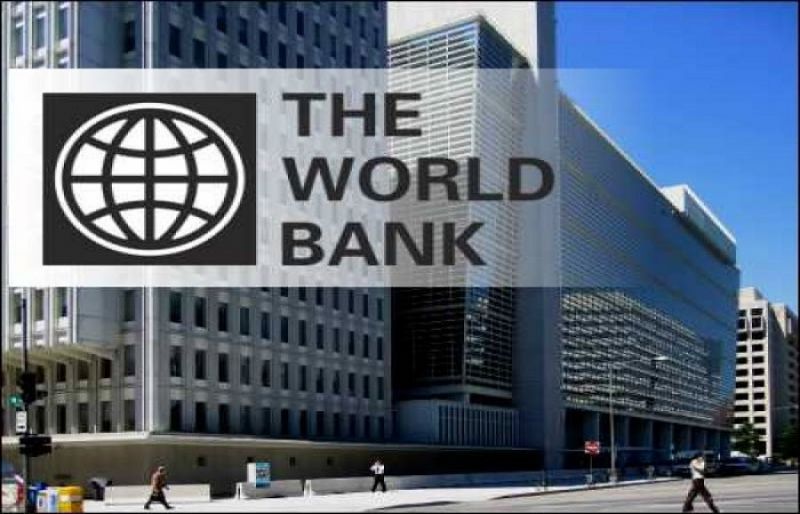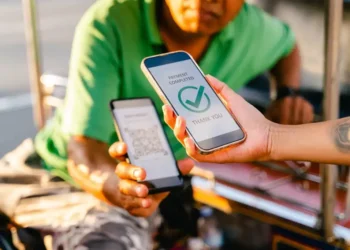Remittances to Sub-Saharan Africa (SSA) has declined by 12.5% in 2020 to $42 billion, according to the World Bank. The decline was almost entirely due to a 27.7% decline in remittance flows to Nigeria. According to the World Bank, this alone accounted for over 40% of remittance flows to the region.
Meanwhile, excluding Nigeria, remittance flows to Sub-Saharan African increased by 2.3% last year. Among the countries that experienced growth in remittances in 2020 was Ghana with a 5 percentage point increase. Other countries that recorded growths included Zambia (37%), Mozambique (16%), and Kenya (9%).
Remittance flows in 2021
Despite the decline last year, the Bank expects SSA to record a moderate rise in remittances in 2021. As such, it projected remittance flows to the region to increase by 2.6% this year. The World Bank cited improving prospects for growth in high-income countries as one of the drivers of inflows in 2021.
However, the Bank lamented that data on remittance flows to Sub-Saharan Africa are sparse and of uneven quality. Surprisingly, the Bank stated that some countries still using the outdated Fourth IMF Balance of Payments Manual rather than the Sixth. Moreover, several other countries do not report data at all.
For instance, high-frequency phone surveys in some countries reported decreases in remittances for a large percentage of households. Yet, official sources report increases in flows.
Furthermore, the Bank explained that central banks recorded increase in the volume of remittances because of the shift from informal to formal channels due to the closure of borders.
Remittance costs
The World Bank stated that Sub-Saharan Africa remains the most expensive region to send money to. According to the Bank, sending $200 costs an average of 8.2 percent in the fourth quarter of 2020.
Moreover, the Bank pointed out that migration costs are very high in areas that experience high intra-regional migration. It is expensive to send money from South Africa to Botswana (19.6%), Zimbabwe (14%), and to Malawi (16%).
Meanwhile, the global average cost of sending $200 remained high at 6.5% in Q4 2020. This, according the Bank, is more than double the Sustainable Development Goal target of 3%.
South Asia recorded the lowest average remittance costs of 4.9% while SSA continued to have the highest average cost. Meanwhile, the World Bank said “supporting the remittance infrastructure and keeping remittances flowing includes efforts to lower fees”.
Global remittance
Ideally, the Bank expects global growth to rebound further in 2021 and 2022. As a result, it forecasts remittance flows to low- and middle-income countries to increase by 2.6% to $553 billion in 2021. Also, it expects remittance flows to increase by 2.2 percent to $565 billion in 2022.
Moreover, the World Bank stated that it is assisting member states in monitoring the flow of remittances through various channels. The Bank also monitors the costs and convenience of sending money. More importantly, it helps members with regulations to protect financial integrity that affect remittance flows. It is working with the global community to reduce remittance costs and improve financial inclusion for the poor.
The Bank, however, warned that despite the significant progress in vaccinating their populations, the outlook for remittances remains uncertain.
READ ASLO: We have become the bridge between other countries and Ghana- TwinsDntBeg























